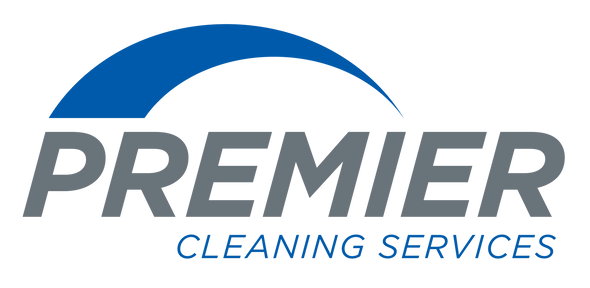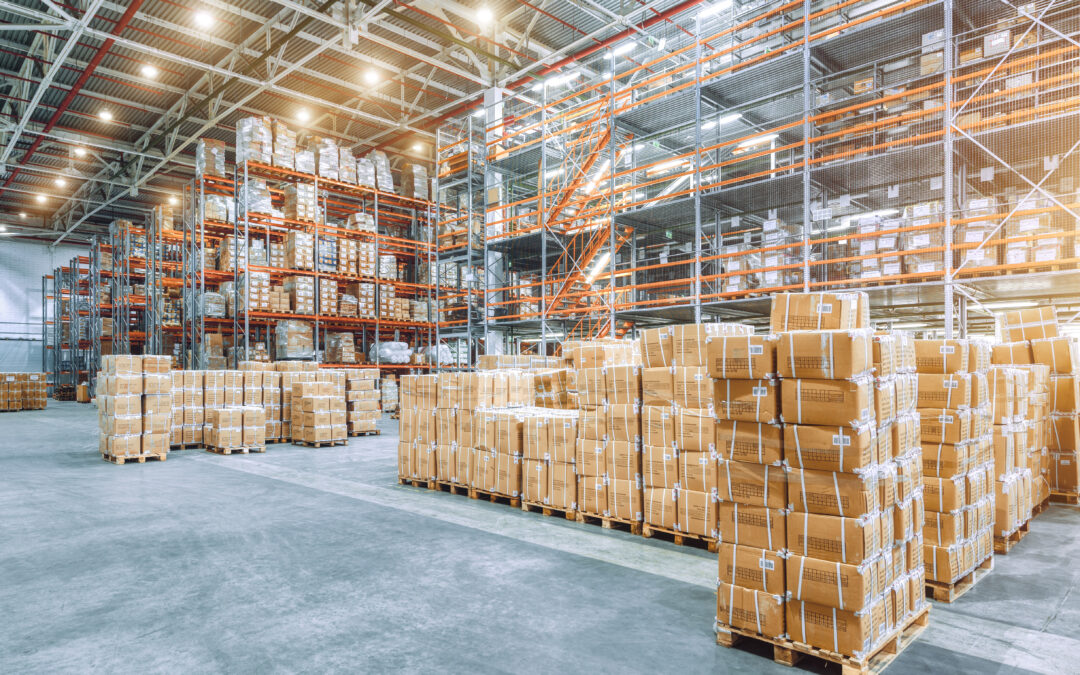Introduction
Maintaining a clean and organized warehouse is essential for the smooth operation of any commercial business. A clean warehouse not only ensures a safe working environment for employees but also contributes to increased efficiency and productivity. In this post, we will discuss the best practices for warehouse cleaning to enhance safety, promote efficiency, and keep your facility in top condition. From implementing regular cleaning schedules to utilizing proper cleaning techniques and equipment, here are seven necessary steps you can take to achieve a clean and well-organized warehouse.
1. Emphasize Warehouse Organization
The first step to maintaining a clean warehouse is ensuring that all items are functionally organized. Utilize effective shelving that provides an easy way for employees to find items and assess stock. Place frequently used items in easily accessible places. Consider using labels to make it easier to find specific items. Organized shelves are easier and faster to clean, which promotes productivity and efficiency in the workplace.
Disorderly storage practices are a safety issue. Any items left on the floor become a tripping hazard, and arbitrary placement of bottles or containers can create a spill risk. In their guidelines for warehouse cleanliness and safety, the Occupational Safety and Health Administration (OSHA) recommends keeping aisles clear and floors clean in the workplace. Inform employees on how to properly maintain your organization system to ensure a safe and tidy warehouse.
2. Develop a Cleaning Schedule
After effectively organizing your warehouse space, it is important to establish a comprehensive cleaning schedule. This schedule should detail which tasks are to be performed in each area and how often they should be done within the warehouse. By implementing a regular cleaning routine, you ensure that cleaning tasks are not neglected and instead become a standard operating procedure. Assigning responsibilities to specific team members will help to streamline the process and maintain accountability.
Consider dividing your warehouse into different zones based on their usage. Dividing an area makes it easier to assign cleaning responsibilities, as well as how often they should occur. High-traffic areas, such as entrances, aisles, and loading docks, may require daily cleaning, where less frequented areas can be cleaned on a weekly, bi-weekly, or monthly basis. Be proactive by establishing cleaning protocols to take place after specific procedures or events, such as spills, equipment maintenance, or inventory audits.
3. Use the Correct Supplies and Cleaning Equipment
Selecting the appropriate cleaning equipment and supplies is vital to maximize efficiency and achieve effective results. Depending on the size and layout of your warehouse, you may need a combination of manual tools and mechanized equipment to perform various cleaning tasks. Here are a few essential items to consider:
a) Warehouse floor cleaning equipment: Invest in industrial-grade floor scrubbers, sweepers, and vacuum cleaners designed for warehouse environments. These machines are efficient in removing dust, debris, and spills from different types of flooring surfaces.
b) High-reach cleaning tools: Warehouses often have high ceilings and physically inaccessible areas. Use extension poles with specialized cleaning attachments to safely and thoroughly clean high shelves, light fixtures, and overhead structures.
c) Cleaning solutions: Choose cleaning agents that are suitable for your specific needs, such as degreasers, disinfectants, or multi-surface cleaners. Ensure they are compatible with the materials in your warehouse and comply with safety standards.
d) Safety equipment: Provide your cleaning staff with the necessary personal protective equipment, including gloves, goggles, masks, and non-slip footwear. This will protect them from potential hazards and ensure their personal well-being during cleaning tasks.
4. Provide Adequate Training
Proper training is crucial to ensure that cleaning tasks are performed safely and efficiently. Provide comprehensive training sessions to your cleaning staff. Training programs should cover various cleaning techniques, safety protocols, and proper use of the cleaning products and equipment specified in step two. Emphasize the importance of following standard operating procedures and safety guidelines to minimize the risk of accidents and injuries.
Ensure that employees are trained on the correct handling and storage of cleaning chemicals, including reading labels, using personal protective equipment (PPE), and understanding the proper dilution ratios. Improper use of products and equipment can result in serious injury. By equipping your staff with the necessary knowledge and skills, you create a safer working environment and reduce the chances of workplace accidents or damage to inventory.
5. Place a Focus on High-Traffic Areas
High-traffic areas in your warehouse, such as entrances, aisles, and break rooms, may require extra attention as they are more prone to accumulating dirt, spills, and debris than other, less-frequented areas. Regularly clean and inspect these places to minimize the risk of accidents and maintain cleanliness. Some key practices to follow include:
a) Daily sweeping and mopping: Use industrial-grade sweepers or brooms to remove loose debris, dust, and dirt from floors. Follow up with a mop using properly mixed cleaning solution to ensure thorough sanitization. Use wet floor signs to minimize risk of slipping.
b) Spill management: Implement immediate spill response procedures to prevent slips, falls, and other accidents. Provide spill kits in easily accessible areas and train employees on the proper reporting and cleaning of spills.
c) Trash and waste management: Set up clearly marked waste disposal areas throughout the warehouse. Empty trash bins regularly to prevent overflow and potential hygiene issues.
d) Restroom maintenance: Properly clean and disinfect restrooms daily, paying close attention to sinks, toilets, and high-touch surfaces. Prevent cross-contamination when cleaning bathrooms by using mops and rags that are not used in other areas of the warehouse. Stock essential supplies such as hand soap, paper towels, and toilet paper to promote employee hygiene and cleanliness.
6. Implement a Regular Inspection System
Regular inspections play a vital role in ensuring that cleaning standards are maintained throughout the warehouse. Assign a supervisor or cleaning manager to conduct routine inspections and address any cleaning deficiencies promptly. Some key areas to focus on during inspections include:
a) Overall cleanliness: Assess the general cleanliness of the warehouse, ensuring that floors, shelving units, and workstations are free from debris, spills, and clutter.
b) Equipment functionality: Inspect cleaning equipment to ensure they are functioning correctly and are well-maintained. Clean or replace worn-out brushes or attachments as needed.
c) Compliance with safety protocols: Verify that employees are following safety protocols, including wearing PPE and using caution signs and barriers when necessary. Ensure that all cleaning products are properly labeled and organized.
d) Restocking supplies: Check that cleaning supplies and consumables, such as soap, paper towels, and trash bags, are adequately stocked throughout the warehouse.
7. Hire a Professional Warehouse Cleaning Service
Managing a business is busy work. Hiring a professional cleaning service for your warehouse promotes efficiency and allows warehouse employees to focus on other tasks. Outsourcing to a cleaning company also reduces training time for warehouse staff. Professional cleaners are trained in thorough cleaning and disinfection procedures. They create a cleaning plan specific to each facility in order to accommodate individual needs. These plans can be flexible to oblige a warehouse with changing layouts and stock, providing your business with a curated plan to ensure warehouse cleanliness and organization.
Conclusion
By implementing these warehouse cleaning best practices, you can create a safe and efficient environment for your employees and optimize the overall performance of your business. Regular cleaning schedules, adequate training, appropriate equipment, and thorough inspections are essential components of a successful cleaning program. Maintaining a clean and organized warehouse not only promotes safety but also contributes to employee morale, productivity, and customer satisfaction. Embrace these best practices, and watch your warehouse thrive in terms of cleanliness, efficiency, and success.
Interested in hiring a professional warehouse cleaning service? Visit Premier Cleaning Services to request a free estimate.

